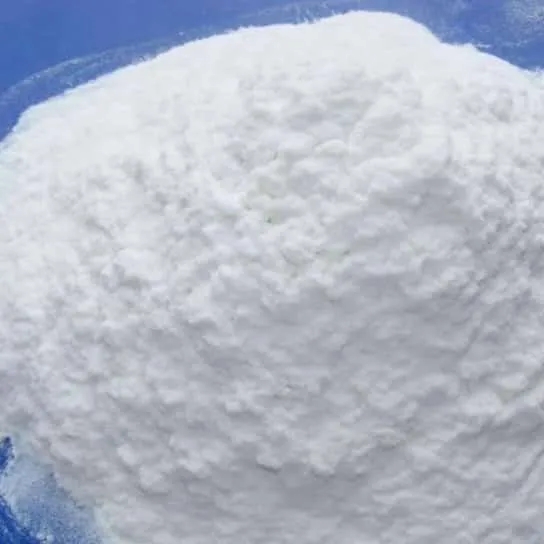A team of researchers from the Technical University of Denmark (TUD) has said that natural beetroot pigment can be produced more efficiently in higher concentration and purity using yeast fermentation.
As one of the natural food pigments, red beet pigment has a reddish-purple colour and is widely used in foods such as confectionery, beverages and ice cream due to its antioxidant properties, however, the traditional way of extracting red beet pigment from plants is inefficient and costly.
Natural red beet pigment is extracted from sugar beet, root and stem, and the main component is betanin. The amount of betanin that can be extracted from plants is very limited, with each 100g of fresh beetroot containing 20~210mg of betanin. Moreover, the stability of beetroot pigment colour is affected by pH value, and it is also sensitive to temperature, oxygen and light, and the pigment may leach out during processing, resulting in stains and off-flavours. Therefore, the traditional extraction method requires strict processing conditions.
In order to solve these problems, Danish scientists have succeeded in producing red beet pigment in large quantities by using the oil-producing yeast Desmodium japonicum, which is commonly found in cheese, and by using glucose as a carbon source for fermentation.
The defatted yeast belongs to the Klebotryl-negative yeast, which can still produce energy through the respiratory pathway under high glucose concentrations, has a high growth rate and metabolic activity, and is genetically stable, so it is relatively easy to carry out large-scale fermentation. Scientists have modified the cellular metabolism of Saccharomyces cerevisiae through metabolic engineering techniques to enable more efficient production of high concentrations of red beet pigment, and at the same time reduce by-products, which not only improves product purity, but also prevents unwanted browning and increases product stability.
